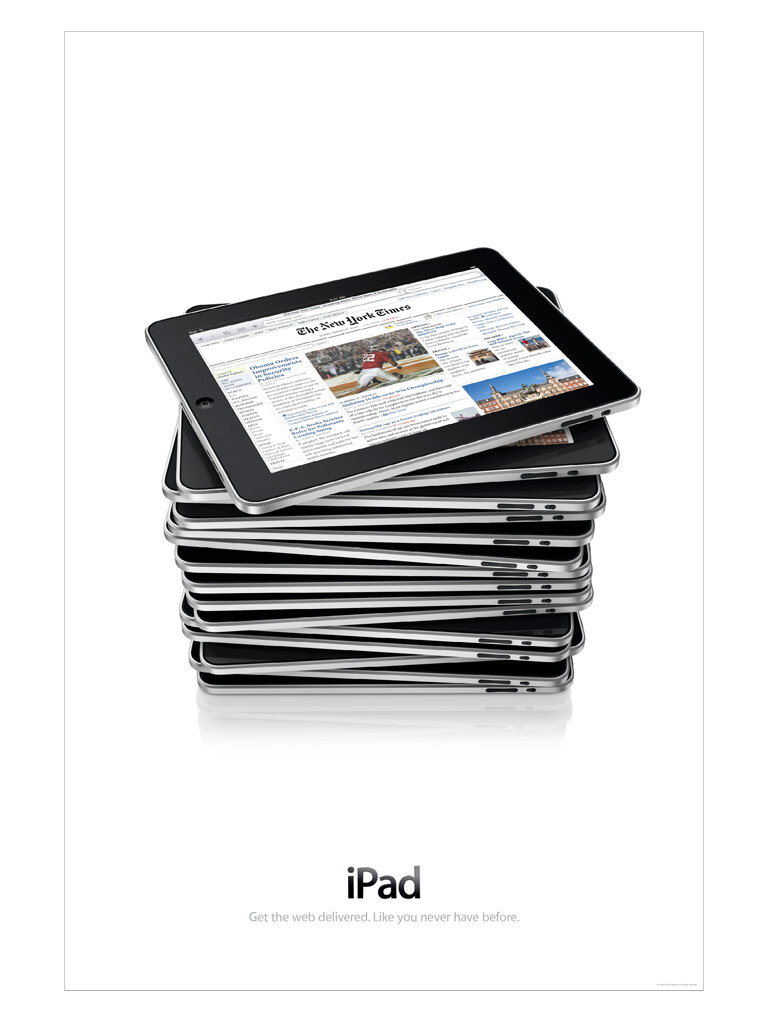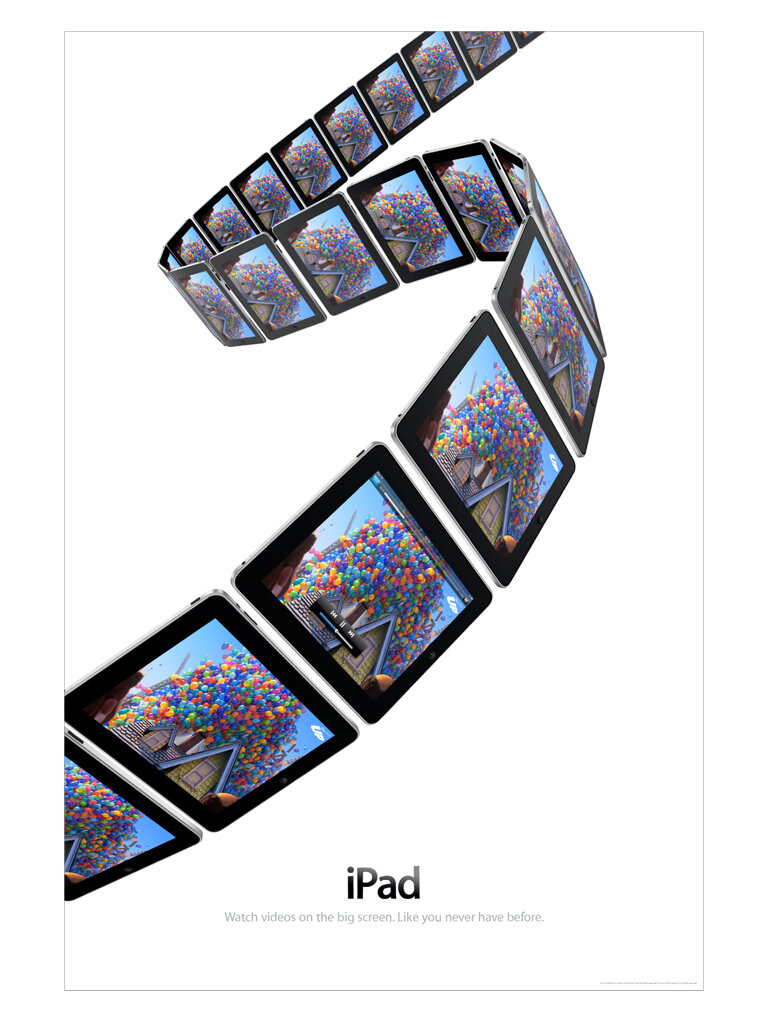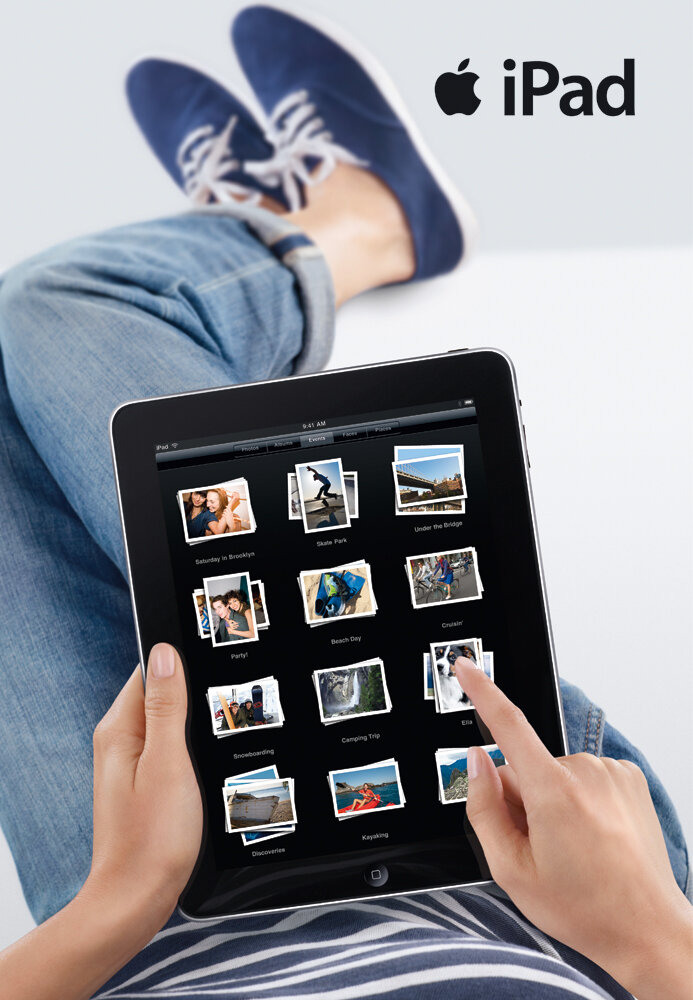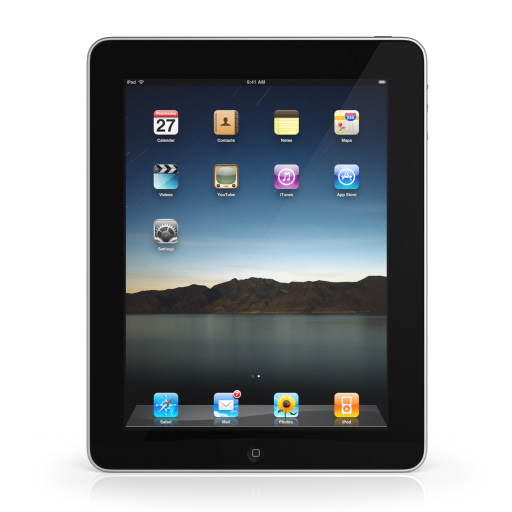Today, it may seem to us that tablets, large interactive surfaces with touch controls, have been with us forever, but this is not true. The history of tablets as we know them today began to be written exactly on January 27 ten years ago. At the Yerba Buena Center in San Francisco, Steve Jobs presented his latest revolutionary product to the world. A product that, paradoxically, has become so normal thanks to the iPhone that we don't even pay much attention to it today.
As is the case not only with Apple products, the first generation was rather clumsy and many saw it more as an overgrown iPod touch than as a revolutionary device that will one day displace laptops from the workplace. The iPad was originally conceived as a device for consuming content rather than creating it. After all, the development of apple tablets began much earlier, shortly after the first iPods. Back then, Steve Jobs wanted a device with which he could comfortably handle e-mails or browse the Internet on the toilet. The iPhone eventually emerged from this project, but Apple did not forget the original idea and returned to it a few years later.
It could be interest you

The iPad thus offered the entire range of applications from the iPhone, but they were modified for the larger display. The iPad offered a 9,7″ screen with a resolution of 1024 x 768 pixels, which is not enough for today, but even today some competing devices are not enough for it. The device therefore offered everything needed for content consumption, such as YouTube, but also offered productive software such as iWork, iLife or Microsoft Office suites. And as a bonus, the iPad received support for all apps released for the iPhone, although some were re-released as "HD" versions for the iPad.
The first generation also offered a premium design inspired by the LED Cinema Display and iMacs of the time. Already in the second generation, the iPad underwent a redesign, was 33% thinner, offered a new camera and preserved battery life. The first generation did not offer a camera, although this is a function that is popular among elderly tourists today. It was also the first device to offer a processor designed directly by Apple. Yes, the A4 processor combined with 256MB of RAM debuted in the first iPad and made its way into the iPhone 4 a few months later.
The iPad went on sale for $499 for the basic WiFi version with 16GB of storage. Also available in versions with mobile data support and 32 and 64 GB capacity.
https://www.youtube.com/watch?v=jj6q_z2Ni9M









